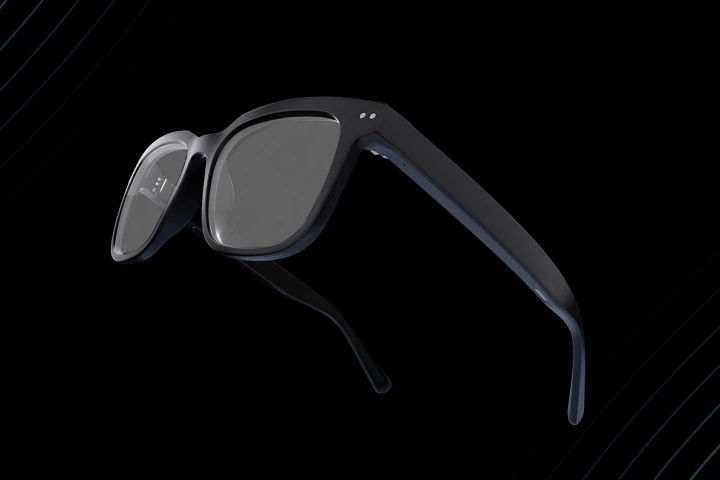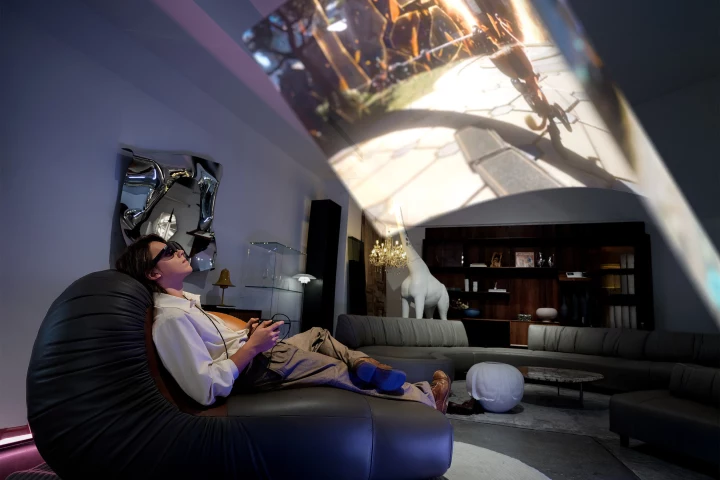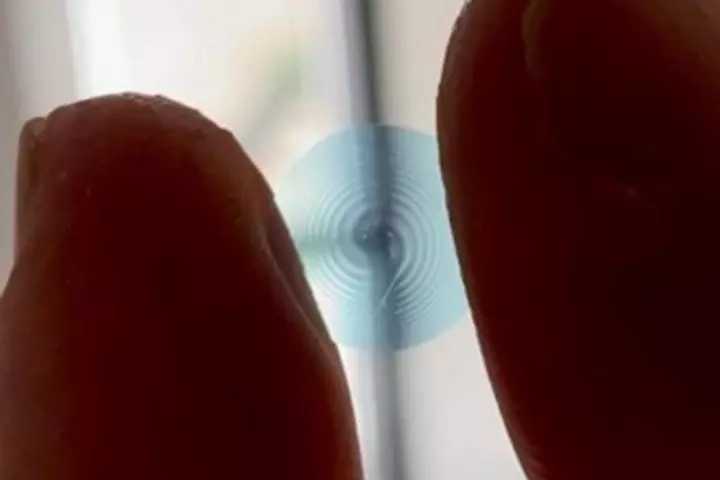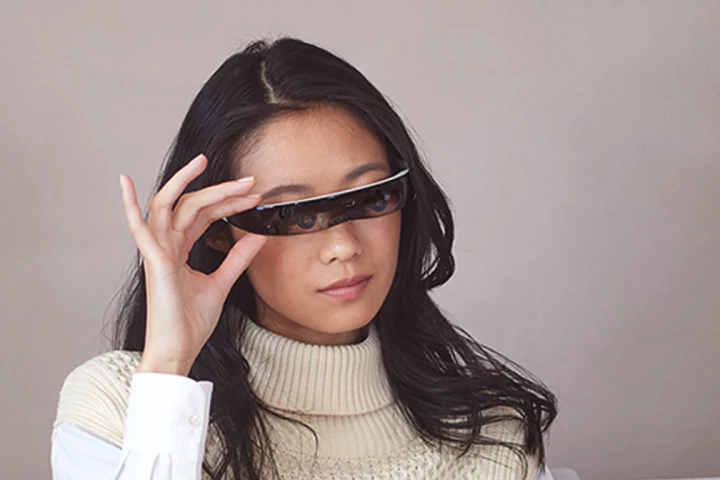Glasses
-
Tecno is taking the wearable camera fight to Meta Ray-Bans with a pair of AI-driven glasses that borrow imaging tech from the company's flagship smartphone to offer mobile life-loggers "industry-leading" resolution plus augmented-reality.
-
These glasses from Nuance Audio hide clever tech in the frame to help you hear better in noisy environments, without the need for traditional in-ear hearing aids. They'll run for 8 hours on a charge, and are indistinguishable from regular glasses.
-
Xreal has announced the "biggest leap forward for the consumer AR industry." The One Series cinematic AR glasses boast in-house spatial computing, audio from Bose, are certified eye-friendly, and can be cabled to "virtually any device."
-
People with photosensitive epilepsy could soon be able to watch TV without worry. Scientists in the UK have created glasses that can block out specific wavelengths of light known to cause seizures.
-
Noisy environments pose a challenge to deaf people, particularly when they're trying to discern what a specific person within such a setting is saying. AirCaps glasses are designed to help, by providing real-time captioning to the wearer.
-
Augmented reality wearable company RayNeo and smart gadget maker SEI Robotics have partnered to launch Pocket TV, a palm-sized portable Google TV media device designed for RayNeo's series of extended reality glasses.
-
Scientists have developed a new type of lens that creates multiple focal points, which could make for glasses or contacts that provide a clearer view over a range of distances. The secret? Making the lens a spiral shape.
-
The lenses in our eyes stiffen as we age, making it harder to switch focus between different distances. But autofocus systems are now getting so compact and efficient that they fit in a set of glasses – provided you don't mind looking a bit dorky.
-
Augmented-reality wearable producer nReal has rebranded to Xreal and launched two pairs of AR glasses designed to virtually float a huge screen in front of your eyes. The Air 2 and Air 2 Pro models are up for pre-order now.
-
Some people lack the power of speech, while others may find themselves in noisy settings where speaking voice commands out loud just won't work. Such folks might have use for the EchoSpeech glasses, which read their user's silently spoken words.
-
Building on the crowdfunding success of its portable augmented-reality glasses in 2021, China's Rokid has launched the slim and lightweight Rokid Max AR glasses, which can place a 215-inch virtual display in front of your eyes.
-
Xiaomi has pulled back the curtain on a pair of augmented-reality glasses it's working on called the Wireless AR Glass Discovery Edition, which are reported to be among the first in the industry to boast "Retina-level" image resolution.
Load More











